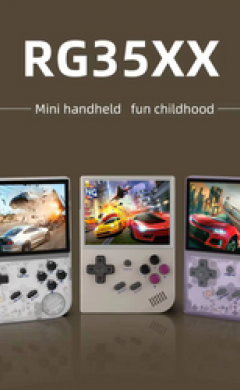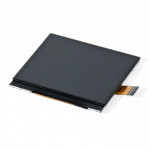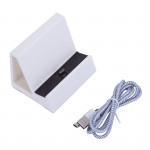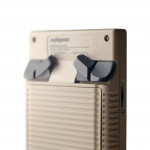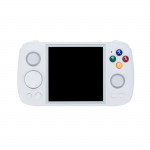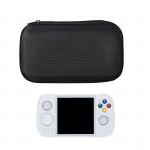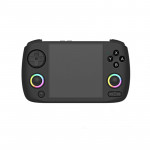Steam Deck OLED: Worth It a Year Later?
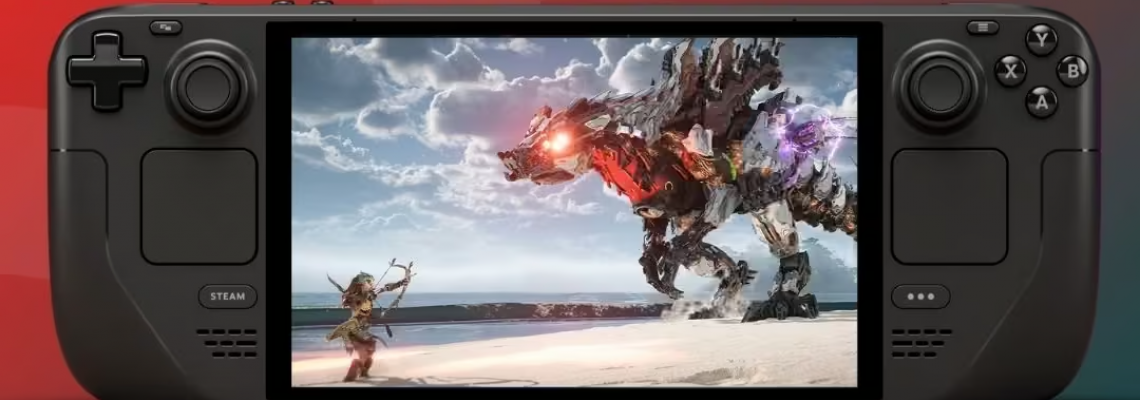
Steam Deck OLED: Worth It a Year Later?
Early in 2022, Valve introduced the first LCD Steam Deck. They have been at the forefront of the vintage handheld market ever since. When another handheld device that costs more than $250 is released, the adage "just get a Steam Deck" has become clichéd and humorous.
Then, in November of last year, Valve updated it with an OLED screen and other enhancements. This year, they even released a new upgrade for the OLED that only included an improved white color. The screen is beautiful, the sticks and triggers feel better, and the battery lasts longer. Given the craziness of frequent handheld releases, is the Steam Deck OLED still worth it after a year?
Steam Deck OLED: The Screen
The Steam Deck OLED variant's most popular feature is the screen, which is stunningly beautiful. Valve made a minor adjustment by slightly reducing the bezels, allowing you to make the most of this lovely, enormous display.
Even though the Steam Deck's screen is 720p, it looks better than the ROG Ally X's 1080p. Some of the games are breathtaking to look at, and the Steam Deck is simply much more colorful. You can see the change for yourself in the image above. Both are operating at their default settings; I don't have any saturation or vibrancy settings selected.
There are two models of the Steam Deck OLED. One features a glossy screen and 512GB of storage, while the other features an anti-glare etched screen and 1TB of storage. Stubbs did a fantastic job comparing the two devices above; however, I only have the non-etched glass screen.
The Comfort
I was astounded by the Steam Deck OLED's small weight when I initially received it. Compared to the old LCD system, it is a significant advance. Once more, the OLED's weight is far more bearable than that of my ROG Ally X, the only similar system I own.
I have bigger hands, so the Steam Deck is one of my most comfortable gadgets, if not the most. Nothing is better than how the grips fit in my hand and how simple it is to access the buttons and sticks. My hands turning numb while playing Katamari Damacy was the only time I've experienced discomfort, but that might have been caused by the game's dual-stick mechanics and the fact that I don't play many games of that genre.
The Controls
The Steam Deck's trackpads are one of its best features, and the OLED models feel fantastic thanks to their haptic feedback. I've adjusted to using them more for games that require them because they are pretty responsive. I want to see more handheld PCs use this feature.
Additionally, the analog sticks are an advancement over the OLED type. They have a firmer tactile grip on the top and feel smoother. Even yet, one of our writers thought the original OLED sticks were better than the Hall sticks! Go here to learn more about that encounter.
The remaining controls function properly. Triggers, face buttons, and back buttons are all in good condition. However, the D-pad has to be my biggest grievance. The OLED model didn't do anything to improve the Steam Deck pad, which I detest. I have a significant problem with the item, yet it is difficult to identify what I dislike.
Performance
Other portable PCs on the market are beginning to outperform the Steam Deck in this area. The Steam Deck still has excellent performance. However, the ROG Ally, Lenovo Legion Go, and similar devices have superior performance and frames per second.
Despite this, I continue to be astounded by my ability to tune many titles on the Steam Deck. I have played God of War (2018), Final Fantasy VII Remake, Horizon Forbidden West, and all of Marvel's Spider-Man. Naturally, there were some stutters and FPS drops, but overall, it was a fantastic experience and the best choice I had at the time.
Playing your favorite independent games on the OLED in 90 frames per second is a fantastic experience. It is my preferred handheld for playing indie games and even several JRPGs that I can't play on a smaller handheld due to its screen and battery life. But when it comes to playing my AAA games, the ROG Ally X is taking its place.
SteamOS
What a fantastic experience SteamOS is. It made the switch quite simple because I've never owned a gaming PC. Although there are alternatives, such as Bazzite, for Windows handhelds, the original is difficult to top. It is rumored that Valve is considering formally releasing it on PC handhelds in the future.
However, specific launchers are challenging to acquire to play well, which is a disadvantage. Some more adjustments are needed for Epic, GOG, Ubisoft, and EA. This might not be the best option for someone unfamiliar with other scenarios and who does not want to bother with all the extra processes.
The Steam Deck is not to blame, but some games' anti-cheat features have rendered them unplayable. Knowing which games fall under this category can help you avoid downloading or buying games you intend to play on your Deck.
Lastly, Game Pass games could be played more simply on the ROG Ally/X. Playing games after downloading them directly to the smartphone is quite simple. Unfortunately, using Cloud gaming with the Steam Deck requires using XBPlay's Edge browser. Although XBPlay is a fantastic experience, it would be even better if you could download the games directly to your Steam Deck.
Overall
In 2024, will the Steam Deck OLED still be worthwhile? Absolutely, in my view! Even if the LCD Deck's price keeps decreasing, it's still worth it. However, the Steam Deck OLED is worth the extra money over the LCD only for the screen and battery life.
The Deck is gradually beginning to show its age compared to other gadgets on the market, but the user experience is unmatched. Valve and the community always support the Deck, which makes it worthwhile. I still use my Deck more than any other device, but the ROG Ally X is the only thing that has caused me to question it.
Here at RH, we're excited to see what Valve will do next. Even after two years, people may never stop saying, "Just get a Steam Deck," because it is that fantastic.
